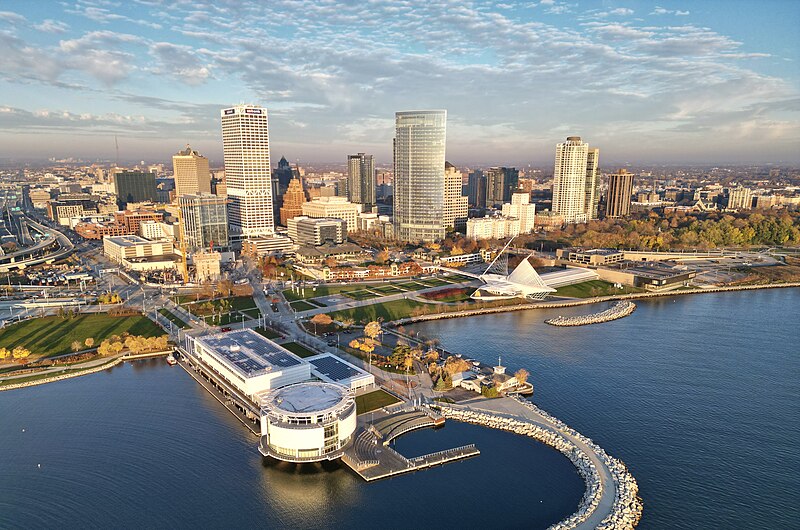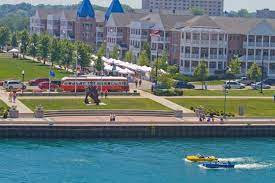This report highlights the varying crime landscapes across several key Wisconsin cities, offering a concise and informative overview.
East Allis: Although property crime has exhibited a downward trend compared to historical levels, it remains above the state average. Similarly, assaults, while not at peak levels, still require attention. This city’s minority population is significantly higher than the state’s average, which warrants further investigation into potential contributing factors.
Madison: This collegiate city experiences an elevated burglary and theft rate compared to the state average. Poverty rates are also higher within Madison, further underscoring the complex interplay between socioeconomic factors and crime. Unlike other cities, crime rates have stagnated rather than decreased in recent years.
Kenosha: The city’s poverty rate exceeds the state average by a significant margin, potentially contributing to its high property crime numbers. Conversely, violent crime has seen an upward trend, particularly concerning increases in rape and assault incidents. Notably, these violent crime rates surpass the state average. The overall decline in crime has slowed down in recent years, indicating the need for a renewed focus on preventative measures.
Appleton: Both violent and nonviolent crime rates have decreased in recent years, falling below the state average. However, theft and assault remain key areas of concern. Notably, a slight increase in certain violent crimes in 2019 contrasts with the statewide downward trend, warranting closer analysis.

Milwaukee: Despite ongoing reforms, the city continues to grapple with significantly high violent crime rates. Interestingly, property crime has witnessed a substantial reduction since 2006. Nevertheless, both violent and nonviolent crime rates exceed the state average. Milwaukee’s high poverty rate and low median family income, compared to its size, likely contribute to this complex issue.
